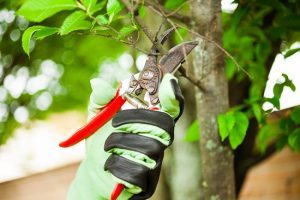 You don't have to worry about your lawn care job getting botched. Just like a bad haircut, improperly pruning shrubs can be fixed. It will eventually grow back. You won't kill your plant if you don't properly prune it as part of your lawn care routine. While it may be unpleasant for a while, it will not die.
Sharp, well-made tools are more likely to make a good job of pruning shrubs. It is important to understand the growth habits of your plant. You can't go wrong if you remove any dead wood or crisscrossing branches, and if the amount of removal is limited to one-third of the plant's size.
You don't have to worry about your lawn care job getting botched. Just like a bad haircut, improperly pruning shrubs can be fixed. It will eventually grow back. You won't kill your plant if you don't properly prune it as part of your lawn care routine. While it may be unpleasant for a while, it will not die.
Sharp, well-made tools are more likely to make a good job of pruning shrubs. It is important to understand the growth habits of your plant. You can't go wrong if you remove any dead wood or crisscrossing branches, and if the amount of removal is limited to one-third of the plant's size.
Pruning Shrub Is An Important Lawn Care Routine
Pruning shrubs during your Conway SC lawn care can be used for a variety of reasons, including to reduce the plant's height, improve its appearance or maintain the plant's shape. You can prune the plants to remove dead or diseased wood, or thin out the center branches to keep them healthy. To promote air circulation, shrub roses and hydrangeas will benefit from the removal or pruning of their interior branches. If air circulates properly, diseases are less likely to occur. What's the point of pruning in late winter? Pruning trees and shrubs as part of your yard maintenance during winter can help them recover for spring. It's easier to identify what needs to be pruned after the leaves have fallen. What is late winter? February is known as the end of winter. Your garden will remain dormant during this period and spring thaw should begin within four to six week. This lawn care Conway routine should be done before new spring growth begins and after severe cold has passed. What do you need to prune in late winter? According to Conway Lawn Care Services, here's a list containing plants you can prune in late winter. Summer flowering trees – trees that bloom in summer like the rose of Sharon and smoke tree, vitex and crape myrtles. Hydrangea paniculata and H. arborescens - These two types of hydrangeas will flower on new wood. Make sure you cut back as hard as possible to encourage growth and flowers. H. paniculata can be cut into two buds at the base of the flower stem. H. arborescens can be pruned to different heights starting at one foot below the ground. Prune fruit trees - To encourage vigorous growth and bigger, better tasting fruits, prune fruit trees once they have gone dormant. Each type of fruit tree has its own requirements so be sure to research them before you start cutting. Roses - Pruning should be done before the leaves break. If you live in the northern regions, shrub trimming must occur after you have removed winter protection. What you should not prune in the winter? Winter is not the best time to prune any plant. For the following reasons, shrub trimming should be done in summer or late spring: Spring Flowering Shrubs: Pruning shrubs that flower in spring should be done after they have finished blooming. Spring Flowering Trees – After flowering, Eastern redbuds, ornamental fruits trees, and lilacs should be trimmed. Hydrangea macrophylla: It is safe and easy to remove faded roses as well as their dead branches. Gardenias: You must prune your gardenias immediately after they bloom.If you require shrub trimming or other lawn care services, call Conway Lawn Care Services.
Conway Lawn Care Service Conway, SC 29526 843-353-2259 http://conwaylawncareservices.com/http://conwaylawncareservices.com/lawn-care-tips-winter-pruning/
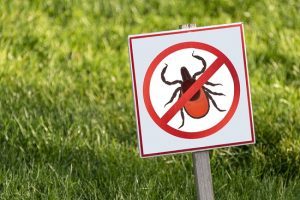 Timing and planning are key factors in sharing advice. But,
Timing and planning are key factors in sharing advice. But,  While landscaping and hardscaping are closely related, they are completely different. Hardscape and softscape projects are interrelated, but landscaping projects go beyond them. Softscape can include grass, shrubs and vegetable gardens, while hardscape is the additions to hardscape. It is important to know the difference between hardscapes and the overall landscape and
While landscaping and hardscaping are closely related, they are completely different. Hardscape and softscape projects are interrelated, but landscaping projects go beyond them. Softscape can include grass, shrubs and vegetable gardens, while hardscape is the additions to hardscape. It is important to know the difference between hardscapes and the overall landscape and  Quality
Quality  There are many ways to keep your lawn green during winter. These are the
There are many ways to keep your lawn green during winter. These are the 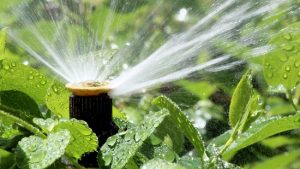 Continue to water
It is essential that your lawn gets enough water to maintain a green lawn throughout winter. Winter lawns can't be left alone. Winter droughts can quickly turn grass brown.
Grasse require less water in winter than they do in summer. This is because there is more natural precipitation and water evaporates slower in cooler temperatures. Cut your watering schedule in half. Reduce the amount of water you are using by only watering once per week. If you find that this isn’t enough and your grass starts to turn yellow or brown, increase the frequency of watering.
Use Lawn-Safe de-Icers
Salt kills grass. Salt kills grass if it is not regularly deicing your driveway and steps. This is usually the reason for dead grass on paved areas.
Calcium chloride de-icer will do the most good for your grass. It can prevent winter grass death.
Use Turf Colourant
Turf colorant is also known as grass paint. It artificially colors green dormant grass without causing damage to your yard. This is an effective way to bring green winter grass to your yard if all other options have failed.
A good turf colorant will cover large areas of your yard at a low cost. It can be used on the entire yard or in areas that are prone to browning. Use a backpack sprayer or pump to apply the turf colorant. The turf colorant will not harm brown grass because it is dormant and doesn't photosynthesize. You can simply mow it in spring and let new, green grass grow in its place.
Is Grass Green in Winter?
Lawns can be kept green all winter long provided they are not exposed to freezing temperatures for too long and not covered in snow.
If winter temperatures drop below 55 degrees (13), you should plan to seed your warm-season lawn in autumn with cold-hardy grass seed. To prevent salt runoff from killing your lawn, you can use grass-safe deicers in winter.
If your area is not subject to regular low temperatures, you can keep your lawn clean, fertilize in fall and aerate any compacted soil, and follow a proper watering schedule. Remember that you can also apply a turf coloring agent to your dormant lawn if everything fails. This will keep your yard green throughout the winter. You can also hire a
Continue to water
It is essential that your lawn gets enough water to maintain a green lawn throughout winter. Winter lawns can't be left alone. Winter droughts can quickly turn grass brown.
Grasse require less water in winter than they do in summer. This is because there is more natural precipitation and water evaporates slower in cooler temperatures. Cut your watering schedule in half. Reduce the amount of water you are using by only watering once per week. If you find that this isn’t enough and your grass starts to turn yellow or brown, increase the frequency of watering.
Use Lawn-Safe de-Icers
Salt kills grass. Salt kills grass if it is not regularly deicing your driveway and steps. This is usually the reason for dead grass on paved areas.
Calcium chloride de-icer will do the most good for your grass. It can prevent winter grass death.
Use Turf Colourant
Turf colorant is also known as grass paint. It artificially colors green dormant grass without causing damage to your yard. This is an effective way to bring green winter grass to your yard if all other options have failed.
A good turf colorant will cover large areas of your yard at a low cost. It can be used on the entire yard or in areas that are prone to browning. Use a backpack sprayer or pump to apply the turf colorant. The turf colorant will not harm brown grass because it is dormant and doesn't photosynthesize. You can simply mow it in spring and let new, green grass grow in its place.
Is Grass Green in Winter?
Lawns can be kept green all winter long provided they are not exposed to freezing temperatures for too long and not covered in snow.
If winter temperatures drop below 55 degrees (13), you should plan to seed your warm-season lawn in autumn with cold-hardy grass seed. To prevent salt runoff from killing your lawn, you can use grass-safe deicers in winter.
If your area is not subject to regular low temperatures, you can keep your lawn clean, fertilize in fall and aerate any compacted soil, and follow a proper watering schedule. Remember that you can also apply a turf coloring agent to your dormant lawn if everything fails. This will keep your yard green throughout the winter. You can also hire a  There are many
There are many 
 Two little details are essential to make a beautiful landscape stand out. They are trimming and edging. If you fail to do these tasks, your yard won't have the same finesse as one that has a well-defined landscape.
Two little details are essential to make a beautiful landscape stand out. They are trimming and edging. If you fail to do these tasks, your yard won't have the same finesse as one that has a well-defined landscape. 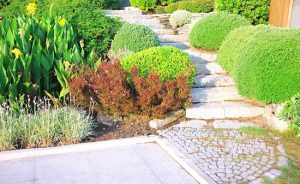 Take a look at the landscaping and hardscaping of your home when you are outside. According to studies,
Take a look at the landscaping and hardscaping of your home when you are outside. According to studies, 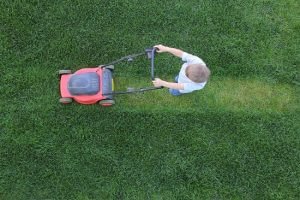 What does your neighborhood look like, in terms of greenery and outdoor spaces? If you live in the type of suburb or area where every other property looks like it’s been taken out of the pages of Better Homes & Gardens, allow us to tell you that we know how this can be both a blessing and a curse. The good part of
What does your neighborhood look like, in terms of greenery and outdoor spaces? If you live in the type of suburb or area where every other property looks like it’s been taken out of the pages of Better Homes & Gardens, allow us to tell you that we know how this can be both a blessing and a curse. The good part of 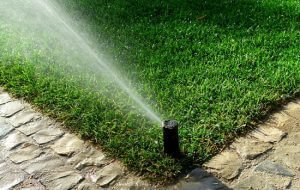 You can have the best, greenest and healthiest lawn in your neighborhood by following a few simple steps. Here are some
You can have the best, greenest and healthiest lawn in your neighborhood by following a few simple steps. Here are some  Landscaped flower gardens are considered the crown jewel of a homeowner's lawn. Your
Landscaped flower gardens are considered the crown jewel of a homeowner's lawn. Your  Summer isn't a time of stress for most people. It is for lawns, however. Heat or moisture stress can lead to browning of lawns, as well as inviting a host of weeds. If your area is experiencing drought, heat stress can make things worse. You should be familiar with the basics of
Summer isn't a time of stress for most people. It is for lawns, however. Heat or moisture stress can lead to browning of lawns, as well as inviting a host of weeds. If your area is experiencing drought, heat stress can make things worse. You should be familiar with the basics of  Winter can be quite difficult for many plants. However, it is possible to keep your plants warm and protected by mulching.
Winter can be quite difficult for many plants. However, it is possible to keep your plants warm and protected by mulching.  You may have noticed that it is hot outside. You can avoid the heat by going inside and turning up the AC. Unfortunately, your lawn may not be immune to the heat and brown spots could already appear. We'll give you some
You may have noticed that it is hot outside. You can avoid the heat by going inside and turning up the AC. Unfortunately, your lawn may not be immune to the heat and brown spots could already appear. We'll give you some 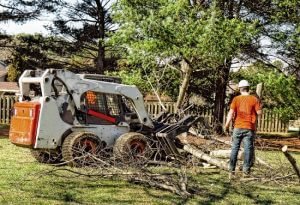 It just happened! You have a dead tree in your yard. It is time to consider a
It just happened! You have a dead tree in your yard. It is time to consider a 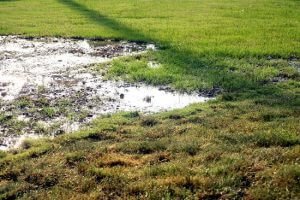 If you’re living in a place that’s rain-free, there will still be days when too much rain will put a damper on your lawn. Here are five
If you’re living in a place that’s rain-free, there will still be days when too much rain will put a damper on your lawn. Here are five 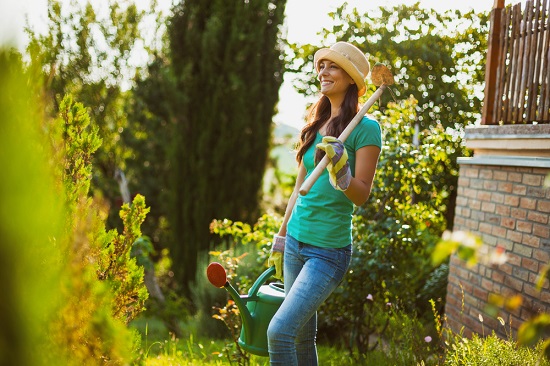
 Although we have has some rain, the Conway area is still considered in a drought. If you are landscaping for a dry climate you should begin your design at the same place as you would if you were landscaping or doing your
Although we have has some rain, the Conway area is still considered in a drought. If you are landscaping for a dry climate you should begin your design at the same place as you would if you were landscaping or doing your  You can fertilize after
You can fertilize after  A lot of homeowners are having problems with their lawn. You’ll find a lot of people dealing with their
A lot of homeowners are having problems with their lawn. You’ll find a lot of people dealing with their